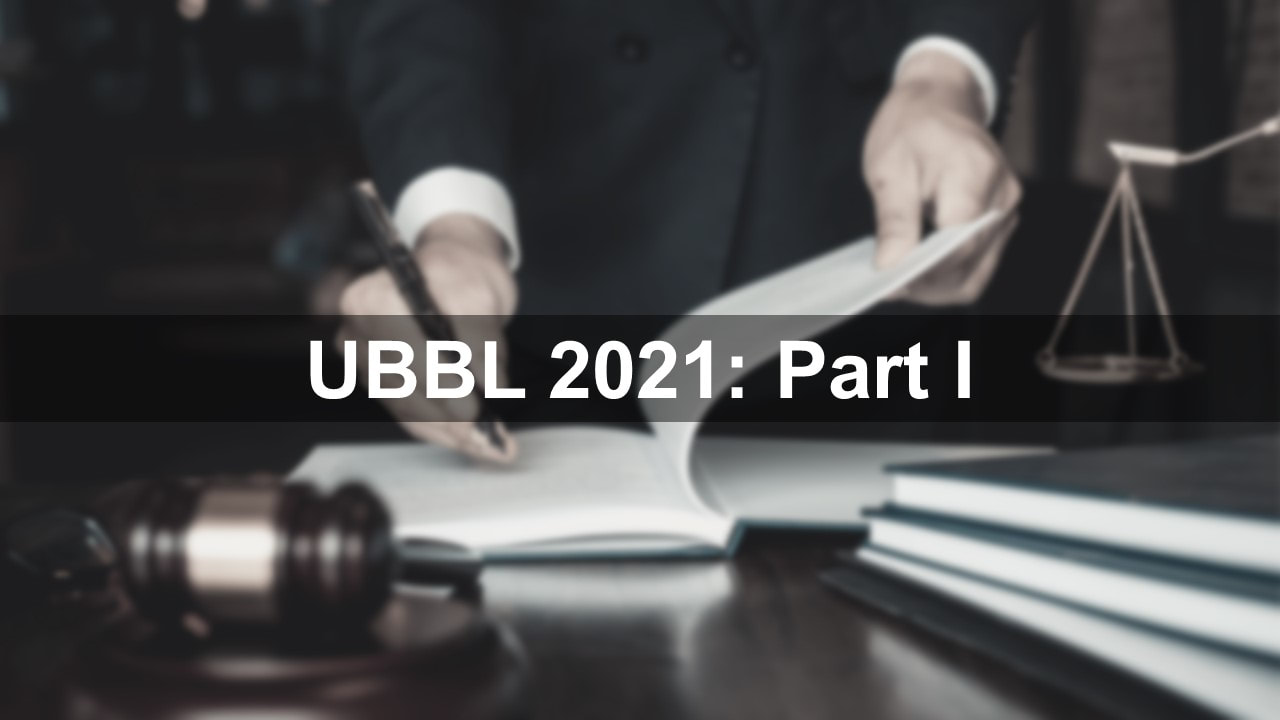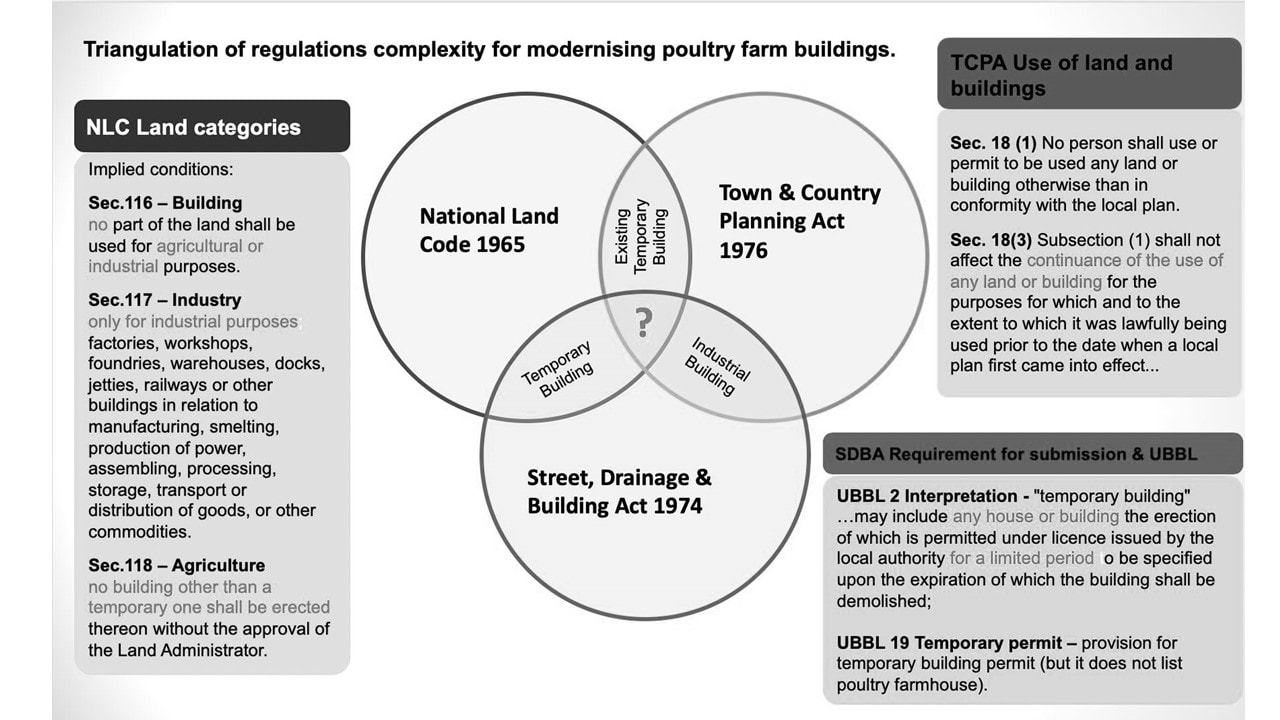Update:While the Malaysian ‘sugar coated’ the archaic Uniform Building By-laws (UBBL), making it even more ‘regimented’, the United Kingdom (UK) has introduced another legislation called the new Building Safety (UK) Act 2022 (‘BSA 2022’) aims to reform building safety legislation, post Grenfell Tower disaster in 2017 that tragically killed 72 people due to the spread of fire via the cladding as a system, with only a single staircase for escape.[1] It is now law in the UK in 2023, providing legislation and guidance to the existing Fire Safety (UK) Act 2021, help people be and feel safer in their homes and will change the way buildings are designed, constructed, and managed. BSA 2022 focused on:
Collectively affecting:
Key takeaways:
Two new roles - Building Safety Regulator and Accountable Person(s):
The 3 main functions of the BSR:
The Accountable Person (building owner, freeholder, or Management Company) duties:
With such the recent cases in the UK demonstrated that the court assumed that an architect’s duty to exercise reasonable skill and care will include compliance with building regulations, even where there isn’t a strict design obligation to that effect in the relevant contract; especially with regards to fire safety issues. In LDC (Portfolio One) Ltd v George Downing Construction Ltd and European Sheeting Ltd [2022][2], the court held ‘ESL obliged to comply with the provisions of the main contract, and its design work should not have put Downing in breach of the strict obligation in that main contract to comply with the building regulations. The reasonable skill and care clause in ESL’s contract did not supersede the obligations in the main contract. Strict or absolute obligations are not incompatible with an obligation to exercise reasonable skill and care; the two sets of obligations are complementary’ In Martlet Homes Ltd v Mulalley & Co Ltd [2022][3], ‘failure of a design to comply with Building Regulations is likely to constitute a breach of a duty to exercise reasonable skill and care, even without the additional strict compliance or performance obligations in a design contract which we often see’ Saying of being ‘often’, the ‘Bolam Test’[4] is often used by consultants against allegations of negligence, and essentially relies on evidence of a reasonable body of professional’s standard practices as the basis of ‘duty of care’, where a defendant must demonstrate that it has looked in full at relevant safety risks, and taken a logical and reasonable approach to complying is as what a normal professional would do. However in Martlet, the court has departed from the Bolam Test, where it was held that the building contractor Mulalley had been in breach of its contractual obligation to exercise the same degree of skill and care as an architect or other professional designer. ---------------------------------------------------------------- [1] https://en.wikipedia.org/wiki/Grenfell_Tower_fire [2] EWHC 3356 (TCC) [3] EWCA Civ 32 [4] Bolam v Friern Hospital Management Committee [1957] 1 WLR 582 UBBL 2021: Part I The Uniform Building By-laws (‘UBBL’) has undergone a ‘cosmetic’ makeover from the UBBL 1984 to the UBBL 2021 version. What has amended and what has remained the same?
Re-definition for Clarity or More Confusion? :
Deconstructing and Reconstructing or a Hybrid? :
Roles and Confusing Undefined Responsibilities? :
Going Green? :
Spring Cleaning CCC? :
---------------------------------------------------- [1] Architects Act 1967, s.2: Means a person registered under s.27M. [2] Architects Act 1967, s.2: Building Draughtsman” means – (a) any person who immediately before the appointed date was a specially authorized person within the meaning of the Architects Ordinance 1951 [Ord. 48 of 1951], registered under Part II of the register kept and maintained under that Ordinance but shall not include any person qualified for registration under the Registration of Engineers Act 1967 [Act 138], or the Quantity Surveyors Act 1967 [Act 487]; and (b) any other person whom the Board in its absolute discretion may deem desirable to register having regard to his qualification and experience and to the requirements of any Building Authority. [3] Project Architect or Engineer is a ‘job scope’ description that can either be filled in by a registered ‘Professional Architect’; or a ‘Professional Engineer’; or the ‘Graduate member’ of the relevant professional boards. [4] Architects Act 1967, s.2: Means a person registered under subsection 10(1). [5] Investopedia, <https://www.investopedia.com/terms/v/vicarious-liability.asp>, accessed 26 Sep 2022: A situation in which one party is held partly responsible for the unlawful actions of a third party. [6] No new registration for this class has been admitted by LAM as the reason given was to encourage more graduate members to take up the position of registered architect, architectural technologist or even IOW. [7] Means any ‘building draughtsman’ who is registered under the relevant Act, as included in the 2007 revision. [8] As per definition in UBBL 2: a QP who submits building plans to the LA for approval […]. [9] Architects Act 1967, s.7: Restrictions on unregistered persons and registered Architects 7. (1) No person shall, unless he is a Professional Architect. [10] Engineers Act 1967, s.7: Section 7(1) of the amended REA reads as follows; “7(1) No person shall, unless he is a Professional Engineer. [11] A PSP, as defined in UBBL 2, is the person who sign on to the Form F/F1 while SP, undefined, is taken to be the person presumably who sign on to the relevant Form G(s), although such clarity in definition has not been given in the UBBL. [12] In other words, a Bungalow. [13] Designing Building Wiki, <https://www.designingbuildings.co.uk/wiki/Dead_loads>, accessed 26 Sep 2022: Dead loads, also known as permanent or static loads, are those that remain relatively constant over time and comprise, for example, the weight of a building's structural elements, such as beams, walls, roof and structural flooring components. [14] Merriam-Webster Dictionary, <https://www.merriam-webster.com/dictionary/dead%20load>, accessed 26 Sep 2022: a constant load in a structure (such as a bridge, building, or machine) that is due to the weight of the members, the supported structure, and permanent attachments or accessories [15] Declaration on the Rights of Disabled Persons, (1975 General Assembly resolution 3447 (XXX)), <https://www.ohchr.org/en/instruments-mechanisms/instruments/declaration-rights-disabled-persons>, accessed 26 Sep 2022: The term "disabled person" means any person unable to ensure by himself or herself, wholly or partly, the necessities of a normal individual and/or social life, as a result of deficiency, either congenital or not, in his or her physical or mental capabilities. [16] MS 1184: Universal design and accessibility in the built environment. [17] MS 2318:2012. Demolition of buildings - Code of practice, (2012, Standard Malaysia) [18] An Architect shall inspect the works at periodic intervals as required. [19] MS 1525: 2019 – Energy Efficiency and Use of Renewable Energy for Non-Residential Buildings. [20] Jeyasingh, ‘Concept of Overall Thermal Transfer Value (OTTV) in Design of Building Envelope to Achieve Energy Efficiency’, (Dec 2010 IJTEE): A measure of heat gain into the building through the building envelope. [21] Fang and others, ‘Performance evaluation of a metamaterial-based new cool roof using improved Roof Thermal Transfer Value model’, (Aug 2019 APPL ENERG): Thermal performance of roofs in numerous Southeast Asia countries [22] UBBL 27(1): prescribed ‘essential services’ to be completed and fits for ‘public health and safety’ [23] MS IEC 62305: Protection Against Lightning: IEC stands for International Electrotechnical Commission. [24] Benchmark when external firefighting has reached its limits of effectiveness, i.e. the reaching of the extended arm and throw of the water jet of the fire-brigade reaches its limits and all firefighting would have to be done internally.
0 Comments
THE ISSUESLet’s consider a scenario, D.Arzumi wanted to build a ‘poultry farm’ on a piece of land. The issues that needed to be considered are whether such ‘poultry farm’ can be built on that piece of land given the ‘apparent conflicting legislation’ among the National Land Code 1965 NLC, Town and Country Planning Act 1976 TCPA and Street Drainage and Building Act 1974 SDBA. THE LAWNLC provided an ‘implied conditions’ for ‘building’ that no part of the land shall be used for agriculture and industrial purposes.[1] It furthers prescribed, industrial as […]only for industrial purposes[2] and the similar could be applied to agricultural where no building other than a ‘temporary one’ shall be erected[3]. TCPA provided for [permitted] in conformity to ‘local plan’.[4] SDBA provided under the Uniform Building Bylaws 1984 UBBL that a ‘temporary building’ is a building under license from the local authorities for a specific period, only to be renewable upon expiry.[5] It furthers provide the ‘temporary permit’ excluding a category of ‘poultry farm’.[6] ...................................... [1] S.116 NLC [2] S.117 NLC [3] S.118 NLC [4] S.18(1) TCPA [5] UBBL 2 [6] UBBL 19 THE APPLICATIOND.Arzumi is confronted by the ‘priority of legislation’, which takes priority over the other? The ‘common approach’ is that and as allowed by the legislation is that ‘land-use’ is commonly governed by the ‘public policy’ under the purview of the TCPA, i.e. if one need to change the ‘land-use’ the foremost thing to do is to apply to have a Planning Permission for the change of ‘land-use’ and such may or may not even include the matter for amalgamation or otherwise. Upon the granting of Planning Permission, only the NLC takes effect. There is very little ambiguity on this ‘level of priority’ in the interpretation of both legislation. Application wise, it is the onus of the ‘land surveyors’ to execute this part of the exercise. Assuming that D.Arzumi’s land has now changed to agriculture and the implied conditions are for agriculture, that no building shall be erected on the land other than the building […] referred to subsection 4[1], which for the purpose of dwelling house of the proprietor[2]. In D.Arzumi’s case, he can build a ‘building’ but it must be ‘temporary in nature’.[3] When D.Arzumi’s Architect is called to submit the building plans for approval, it has to again, go through the provision of TCPA for the ‘Planning Permission for the Erection of Building’ and upon granting of such, he can proceed to submit to the local authorities under the provision of the UBBL. Here, the true contention of a ‘temporary building’ is a building constructed in ‘temporary building materials’[4] such as ‘wooden house’ whereas a ‘temporary permits’ gave all discretion to the local authorities if the ‘building’ does not fall within the classification of UBBL19(1).[5] ....................................... [1] S.115(1)(a) NLC [2] S.115(4)(a) NLC [3] S.118 NLC [4] UBBL 2:Intepretation, ‘[…]of materials[…] liable to rapid deterioration[…]’ [5] UBBL19(2) THE CONCLUSIONConcluding, there is no apparent conflicting as to the ‘priority’ of the legislation. To put in a ‘nutshell’ the priority as to the ‘public interest’ shall be the TCPA, NLC and SDBA via UBBL (having said that it is only a ‘bylaw’) and land is a 'state matter' as far as the constitution is of concerned. Therefore, D.Arzumi can only own a building constructed in materials such as wood for ‘perpetuity’, subject to annual renewal from the local authorities, to their ‘pleasures’.
P/S: Graphics from ‘open source’, , credited to Datuk Ar. Ezumi.[1] ........................................ [1]facebook.com/photo.php?fbid=10224470157242874&set=a.1066827632333&type=3&theater&ifg=1 |
Objective of this Page:Building Codes comprise of a significant amount of legislation controlling the building industry i.e. Planning, HDA, Strata and Strata Management... I am sharing these information with a caveat that these information is for educational purpose only and shall not be taken as an advice be it legal or otherwise. You should seek proper advice to your case with the relevant professionals. The author cannot guarantee the accuracy of the information so provided here. ArchivesCategories
All
|
- Home
- About
-
Practice
-
DYA + C
-
Consultant
-
Educator
- Author I am...
- Speaking Engagement >
- Attempting Law School
- Journey in USM(Arch) >
- Discourse in Studio 6 >
-
d:KON 4
>
- Actors >
-
Acts
>
- Portraiture
- A Slice of Space Time
- Box of Installation of Lights
- Radio Misreading
- Grid of Destinies
- Shelter
- Anatomy of Pain
- Tensigrity of Ego
- Of Prisons and Walls
- Forest of Nails
- Curtain of Fears
- Dissolution of the Ego
- If it's Ain't Broken it's Ain't Worth Mending
- Flight of Freedom
- Cross of Complexity and Contradiction
- interrogation
- Stage >
- Play
- Approach
- Galleria >
- External Critique >
- Philosophy
- Codes Regulations & Standards >
- Photo Essays
- Contact




 RSS Feed
RSS Feed
